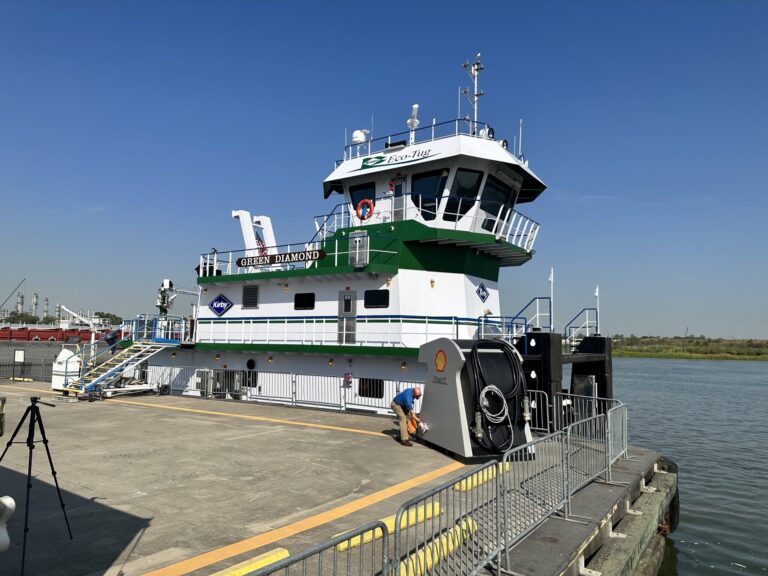Corvus Energy has supplied the battery energy storage system (ESS) on board the M/V Green Diamond – the first hybrid diesel-electric inland towboat in the US.
Corvus supplied a 1,243kWh Corvus Orca ESS, which features patented passive single-cell thermal isolation and proven forced-air cooling to deliver the highest standards of safety and performance. It will significantly reduce vessel emissions and improve fuel economy.
When no shore charging is available, the hybrid towboat will have an estimated 27% reduction in fuel use and CO2 emissions. With shore charging, fuel use will be reduced by almost 80%, resulting in an 88-95% reduction in emissions of NOX, CO and HC. Engine run time is estimated to be reduced by between 93% and 98%, resulting in significantly decreased maintenance costs.
“Corvus, together with our partners, is pleased to be able to provide proven technology to help solve the technical challenges of hybrid vessel propulsion and shore-side charging to accelerate maritime decarbonization,” remarked Ole Jacob Irgens, executive vice president of Corvus Energy. “Inland and harbor tugs are ideal candidates for electrification with batteries because their routes are shorter, in proximity to the shore and have limited power demands. We’re seeing significant interest from tug owner/operators, designers and builders right now.”
The Green Diamond also represents a strategic step toward Kirby’s commitment to decarbonization, including a 40% reduction of Scope 1 emissions by 2040. According to the company, this represents roughly 160,000 metric tons of CO2.
“We are pleased to have collaborated with Corvus to make this vessel possible,” said Christian O’Neil, president of Kirby Inland Marine. “Kirby is excited to be the first to market with a plug-in hybrid towing vessel. Barge transportation is already the cleanest and greenest form of surface transportation, and we are working to make it cleaner and greener. Our customers who are focused on reducing their emissions want more efficient options. This solution is available today.”
Click here for more on power and propulsion.



